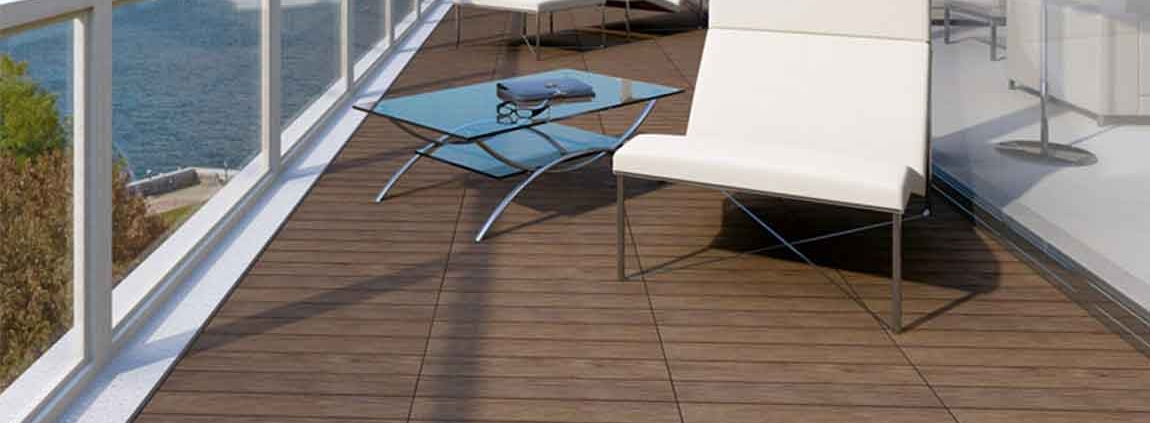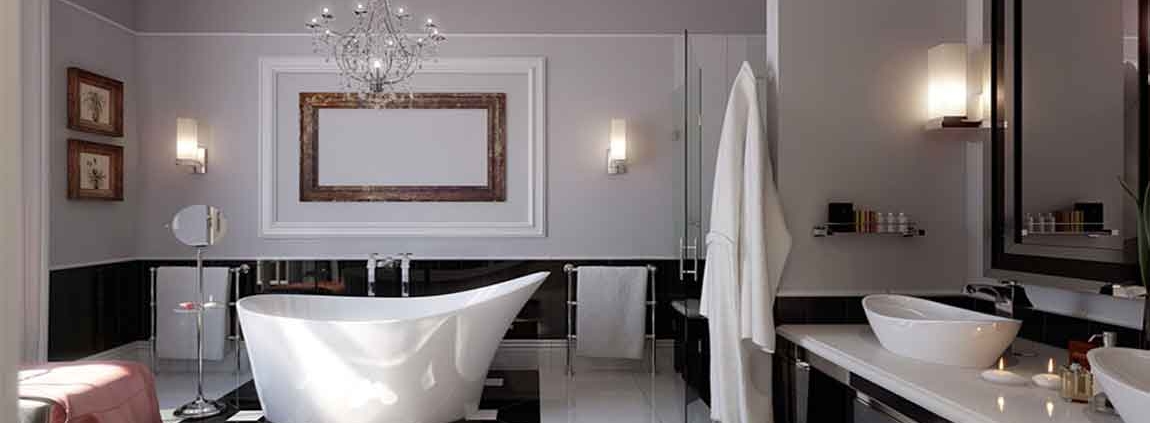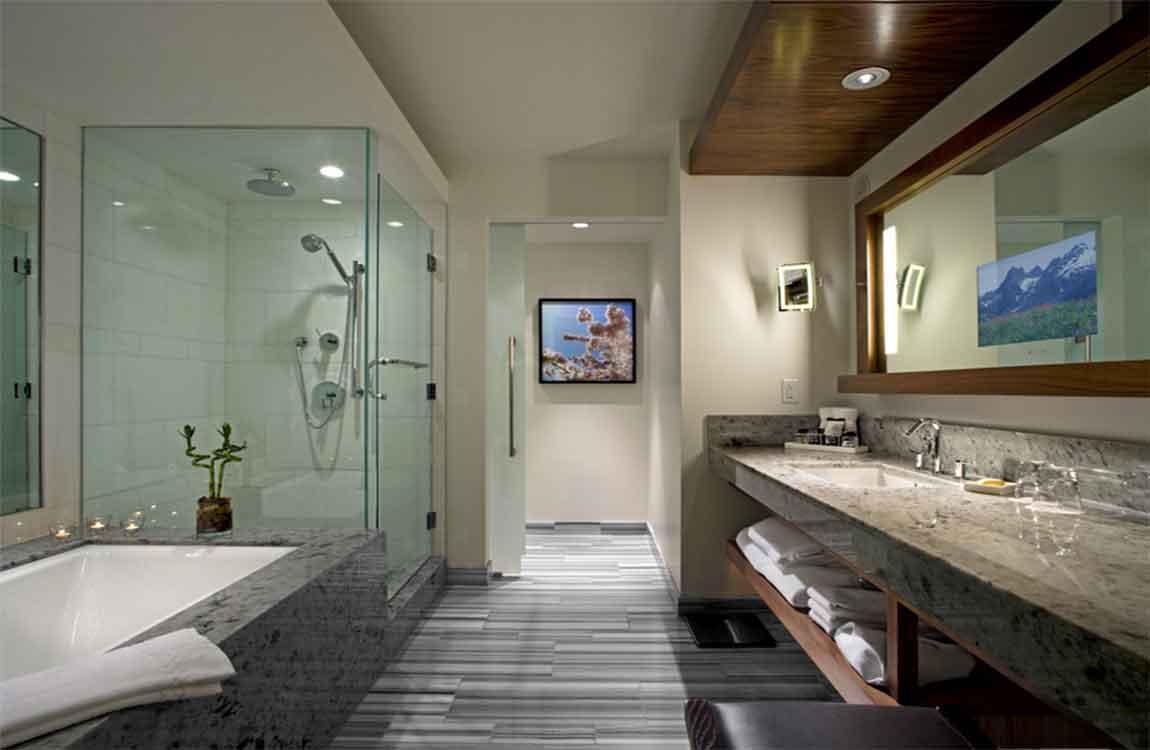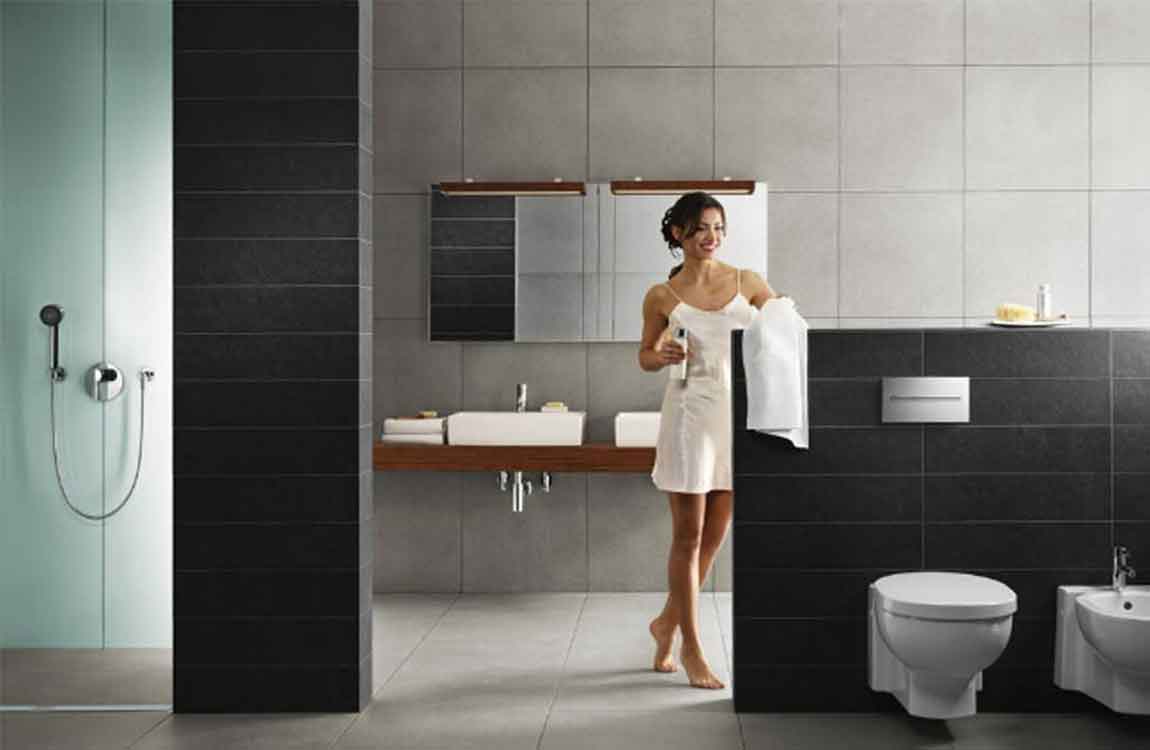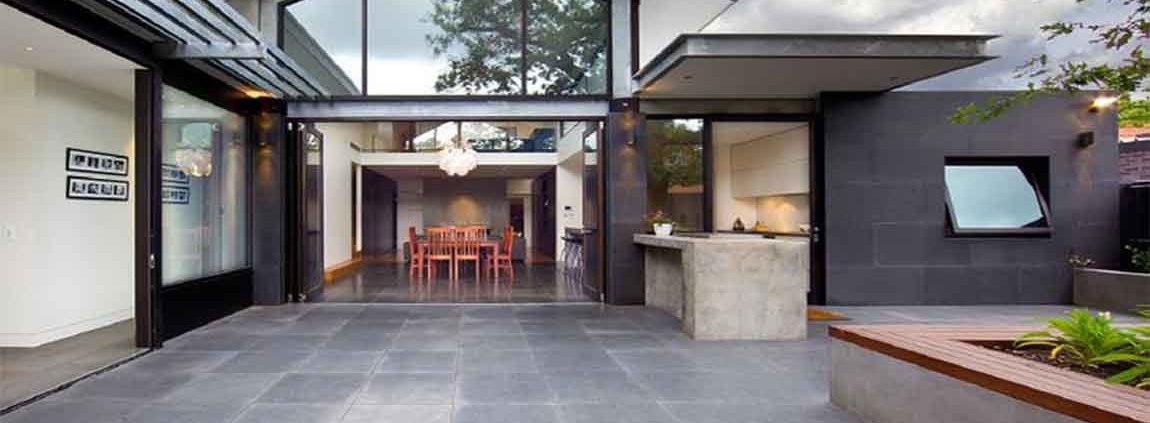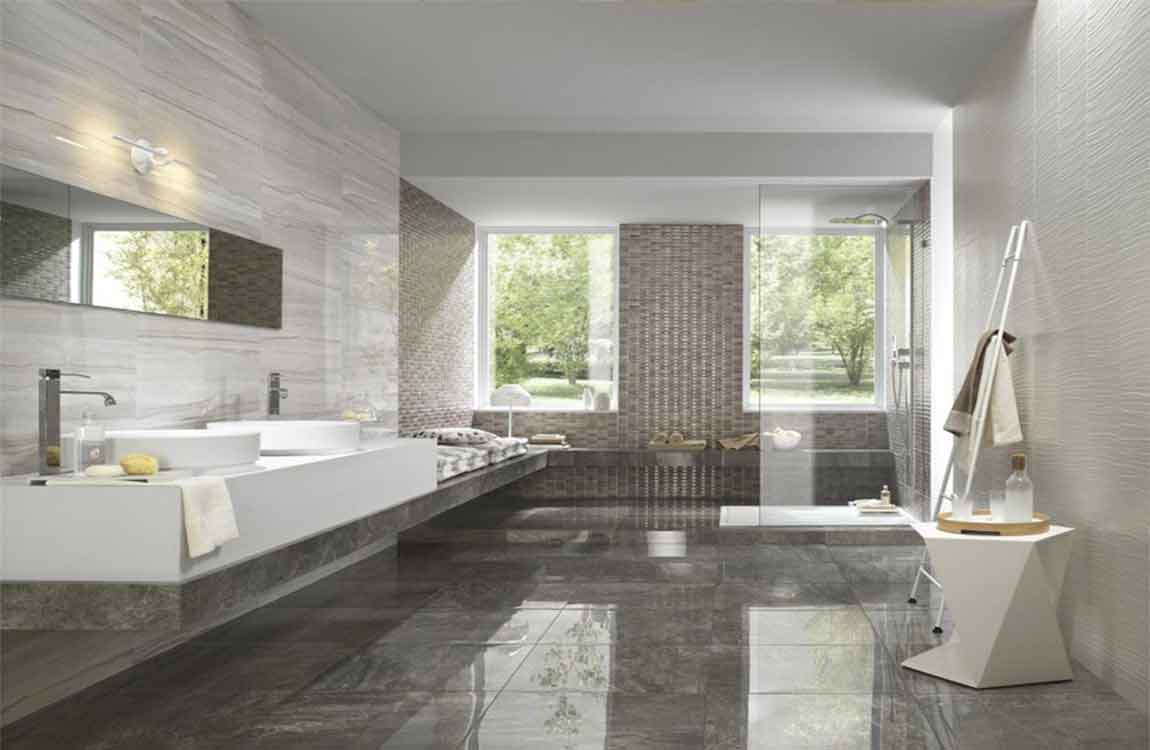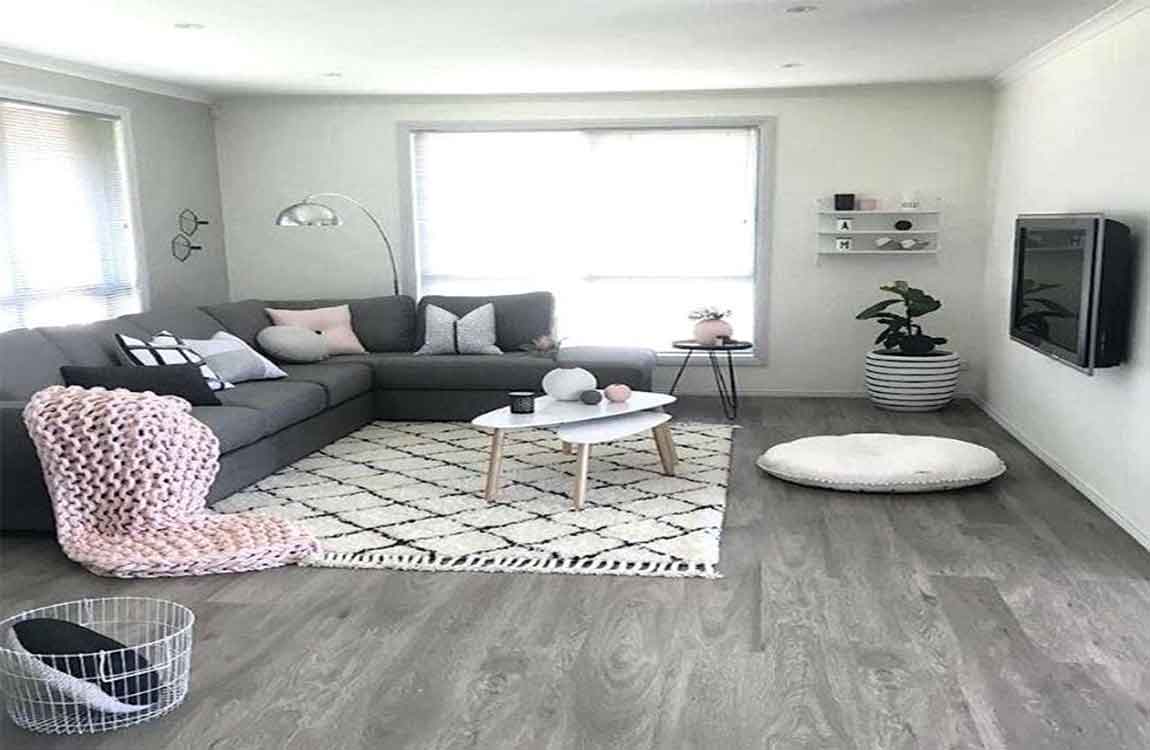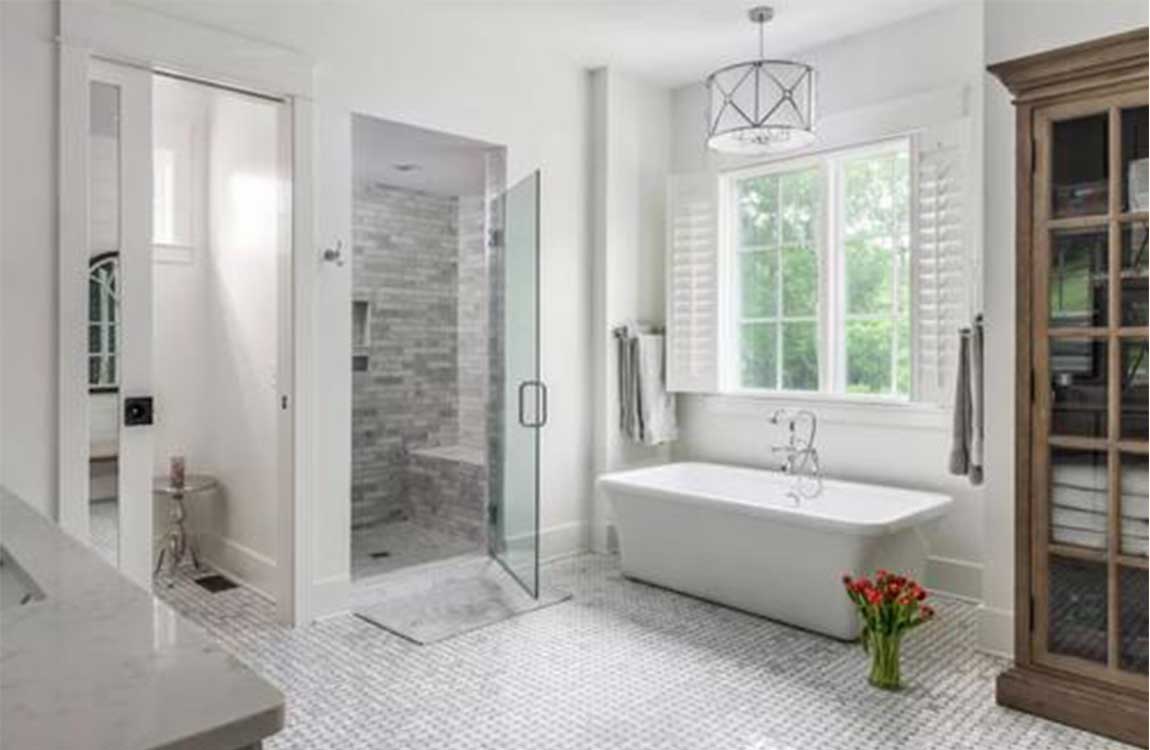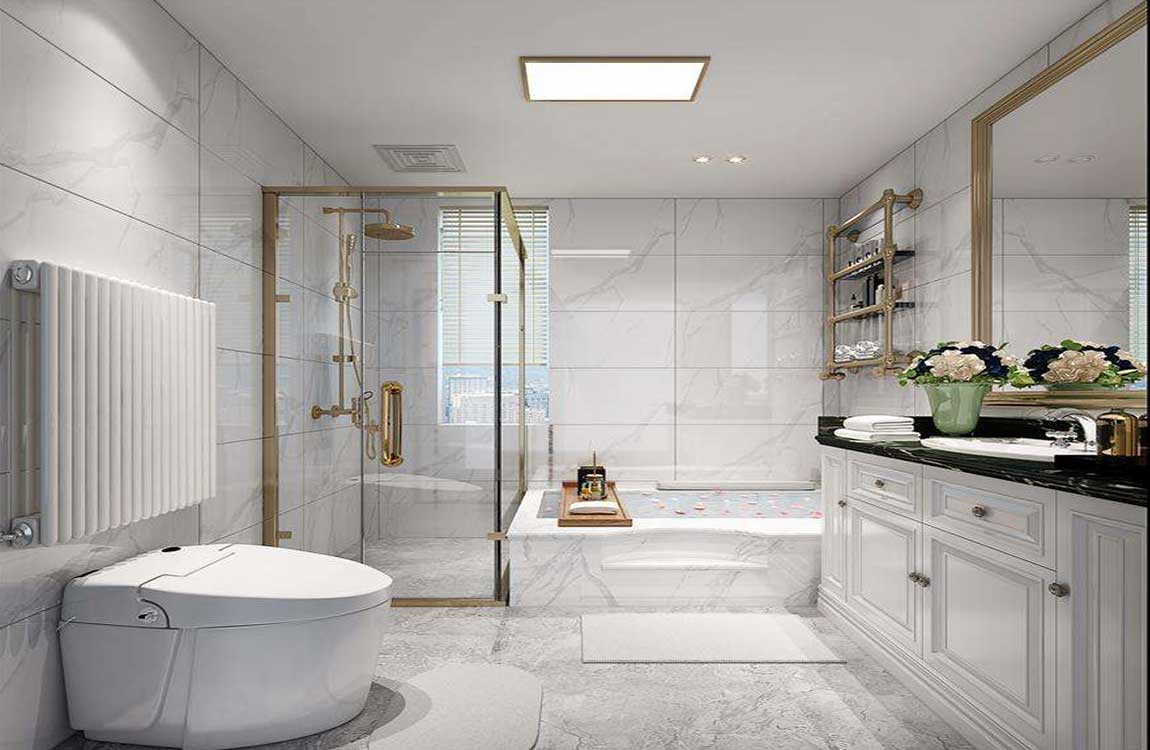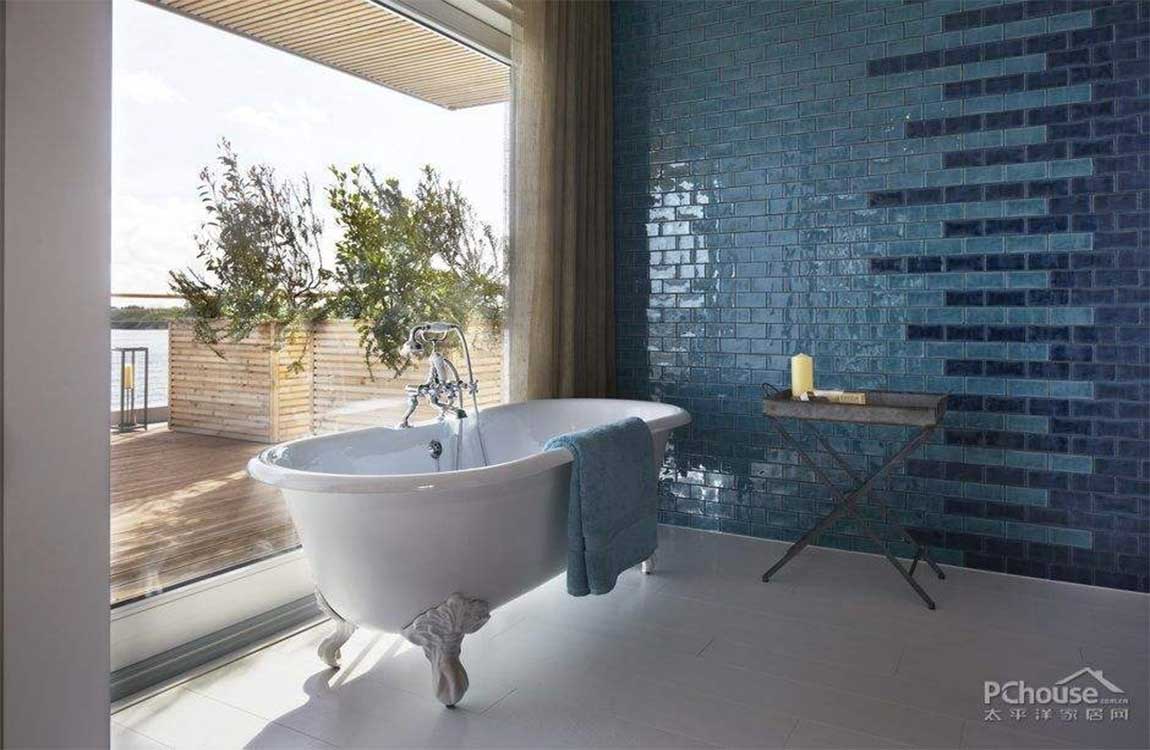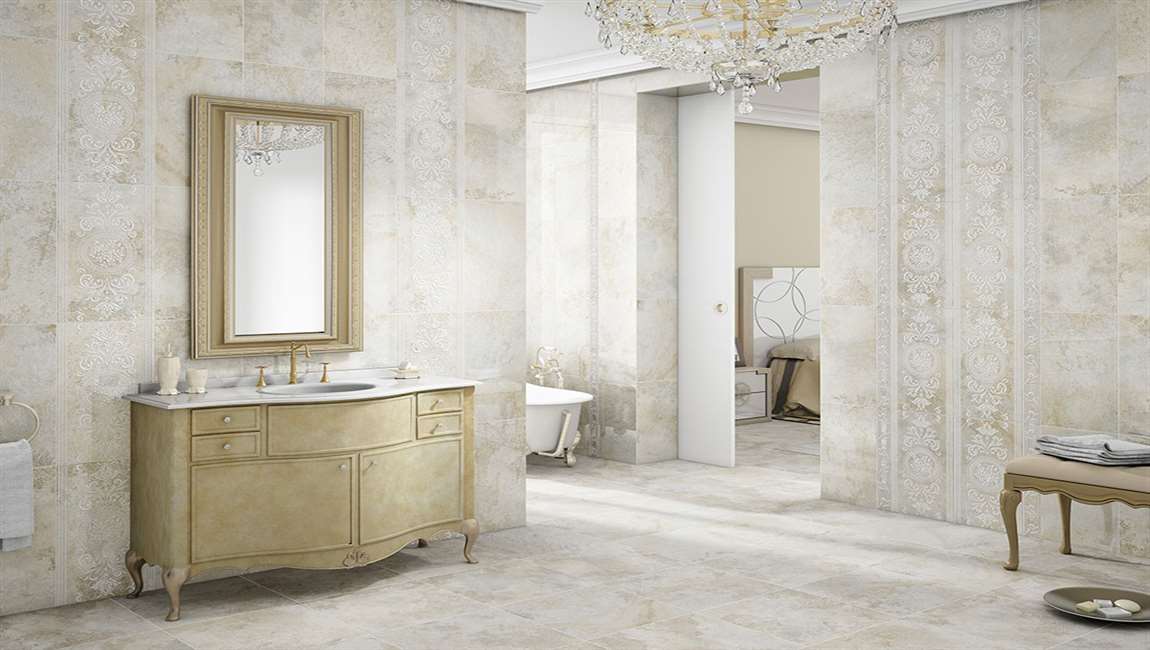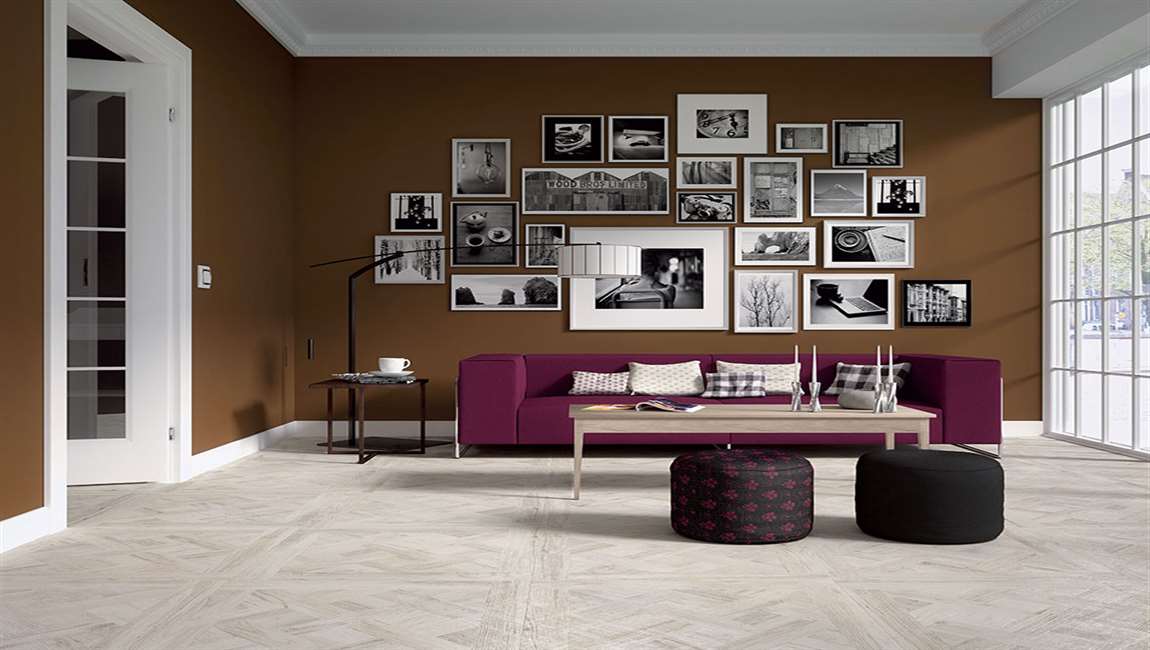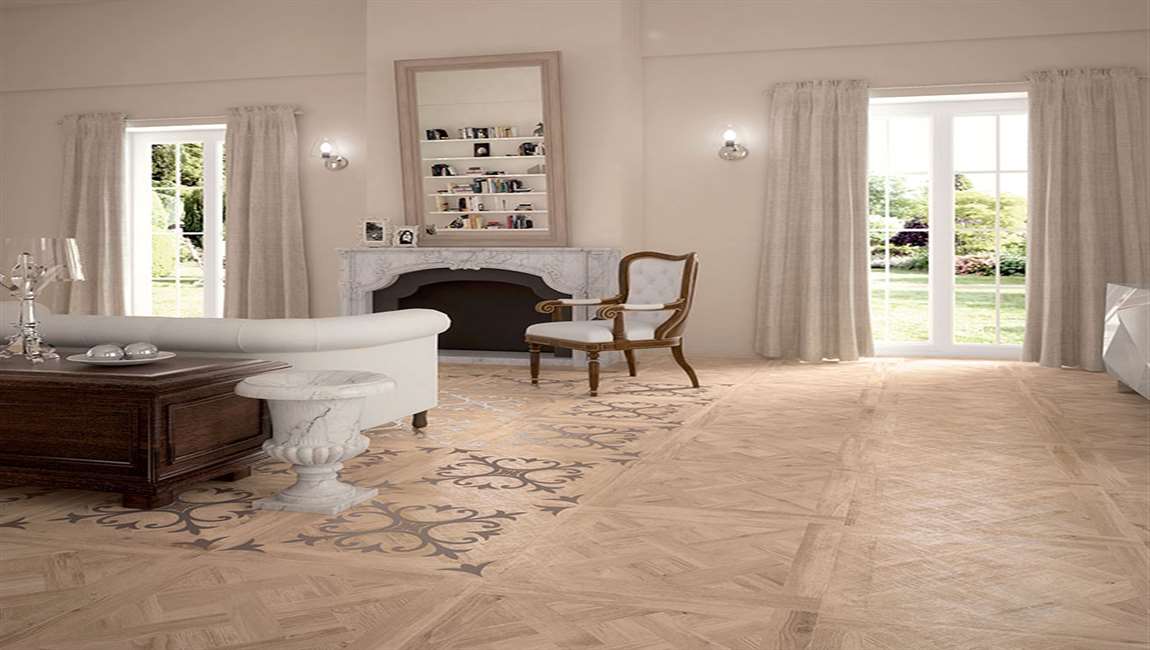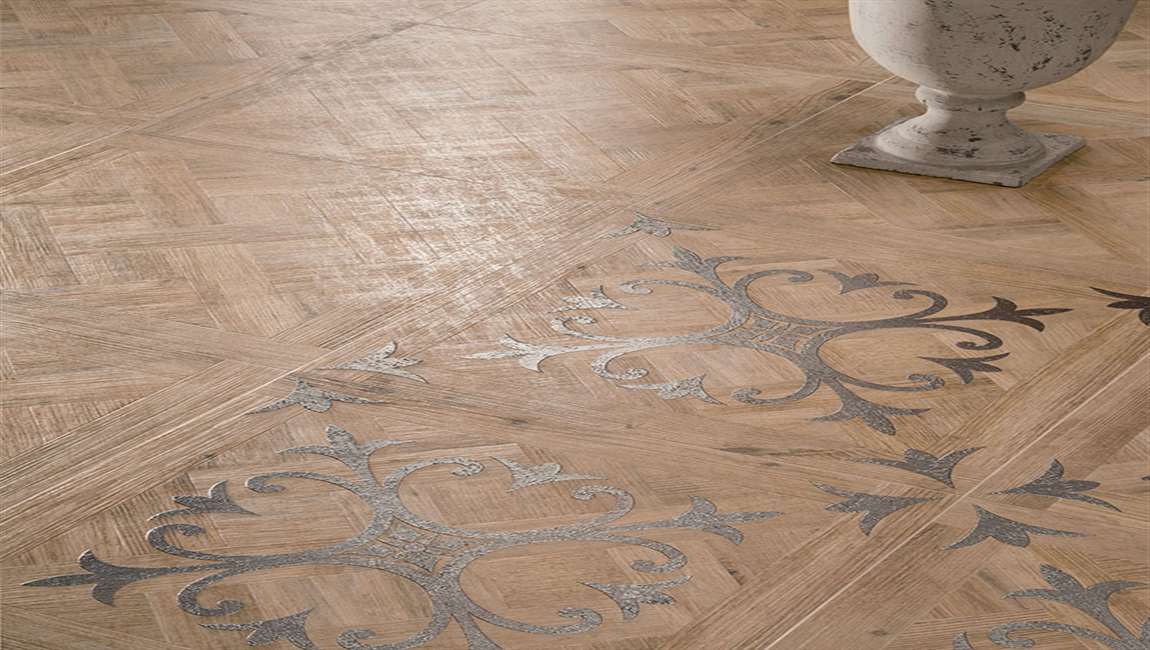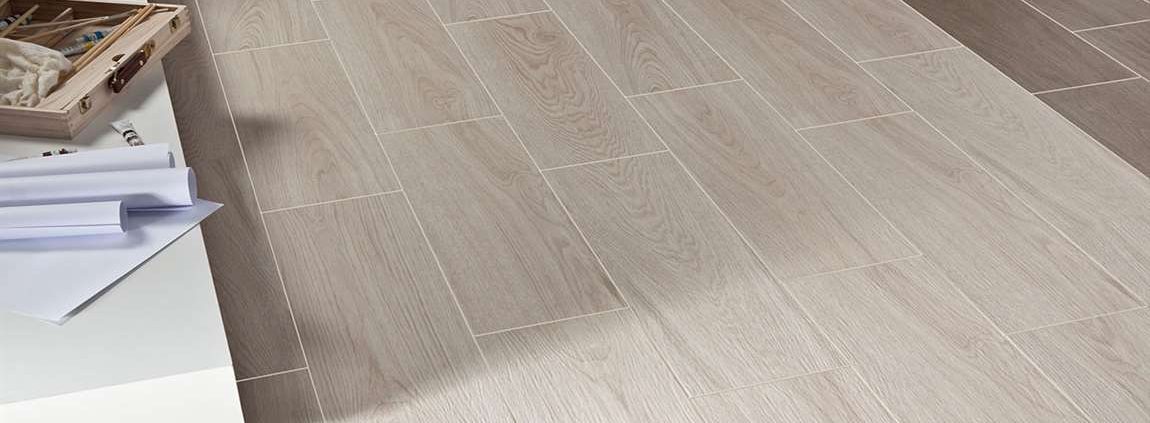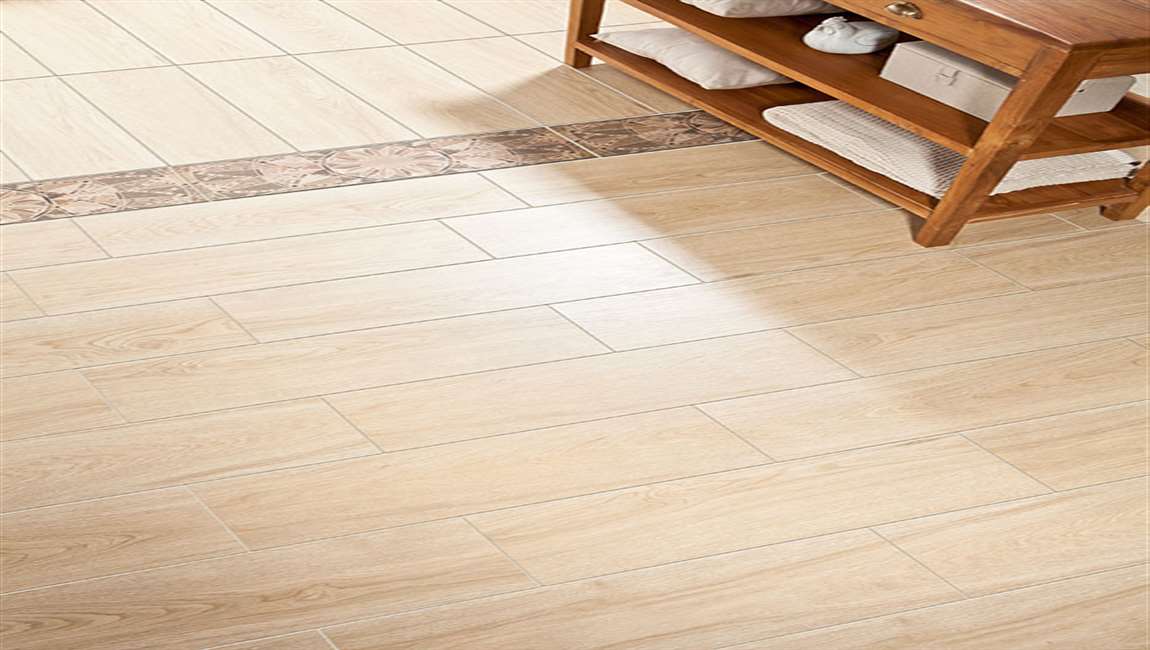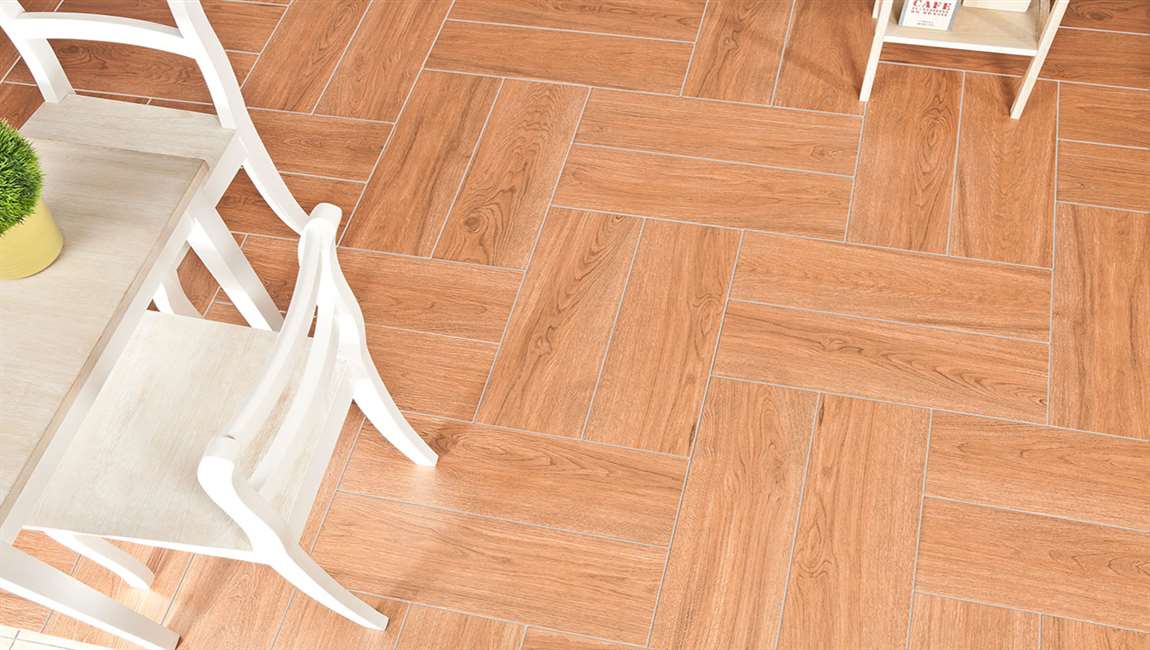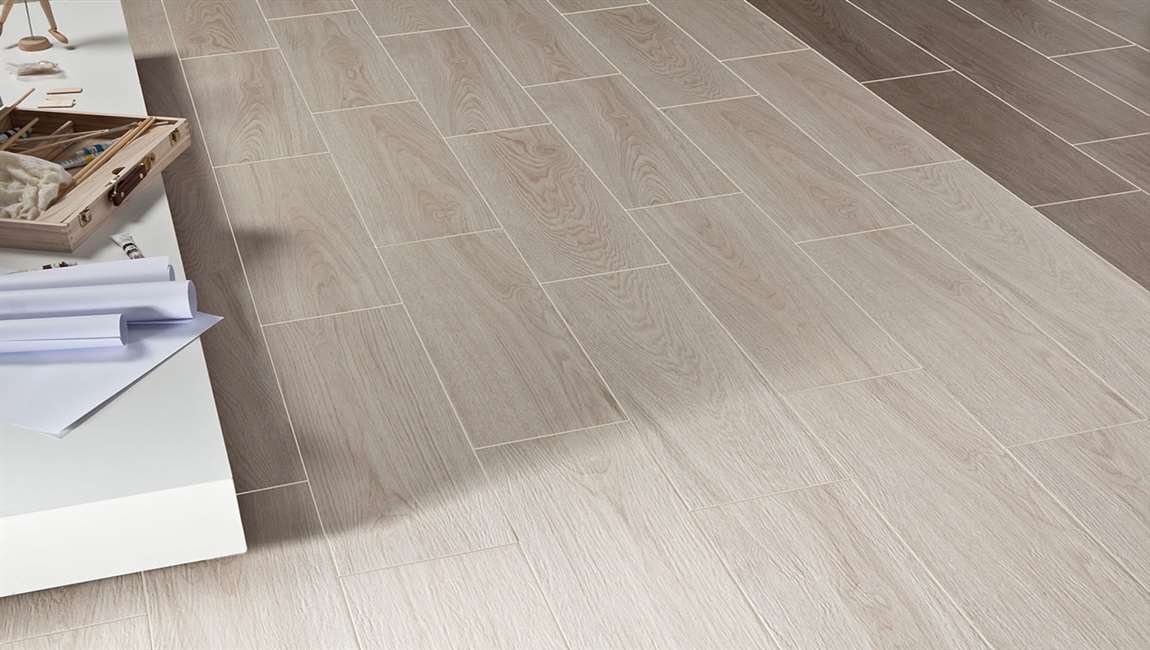How Removing Stains?
Pick a marble tiles poultice. There are a wide variety of poultice products you can use to remove stains from Carrara marble tiles. Poultice will help draw out moisture and stains from the marble tiles. You can purchase poultices at a home improvement store in your community.
Some popular poultices for Carrara marble tiles include: Fuller’s earth, whiting, diatomaceous earth, talc, and powdered chalk. Most all poultices should work to effectively remove stains from your marble tiles. Apply the poultice. Make sure the area is clean and dry before you apply any poultice.
Use a plastic or wood putty knife or spatula to spread the poultice over the stained area. The poultice spread should be about 1/4 of an inch to ½ of an inch thick (6.35 ml to 12.7 ml). Cover the poultice with plastic wrap. After you’ve applied the poultice, you need to cover it with plastic wrap for one to two days.
The plastic wrap will make sure the poultice doesn’t make a mess or dry out. The one to two days will give the poultice time to draw out the stain. Avoid letting the poultice sit for any longer than two days. This could damage your marble tiles. Remove the poultice. After you’ve allowed it to sit for one to two days, use a putty knife or spatula to remove the poultice.
It’s important to remove all the poultice after you’ve let it sit. If you don’t, you could wind up damaging your marble tiles. Use a rag dampened in a warm water and soap/detergent mixture to remove any residual poultice. Repeat application of the poultice. Some stains may remain after your initial application of poultice. As a result, you may need to reapply it.

